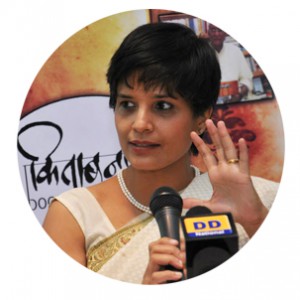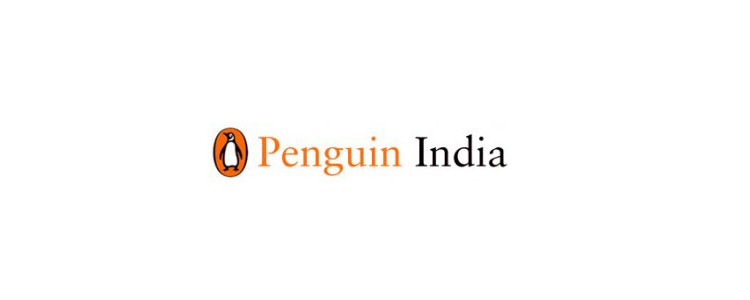Literati – “Readers return to book fairs” ( January 2016)
 My column, Literati, has been published online on 16 January 2016 and will be published in print in the Hindu Sunday Magazine on 17 January 2016. I am c&p the text below. Here is the original url: http://www.thehindu.com/books/literary-review/jaya-bhattacharji-rose-on-how-readers-are-returning-to-book-fairs/article8113687.ece
My column, Literati, has been published online on 16 January 2016 and will be published in print in the Hindu Sunday Magazine on 17 January 2016. I am c&p the text below. Here is the original url: http://www.thehindu.com/books/literary-review/jaya-bhattacharji-rose-on-how-readers-are-returning-to-book-fairs/article8113687.ece
Publishers across languages were taken aback by the phenomenally positive response at this year’s World Book Fair
“Because I have time to spare, and for the first time in my life nobody expects anything of me. I don’t have to prove anything. I’m not rushing everywhere; each day is a gift I enjoy to the fullest.”
Isabel Allende’s The Japanese Lover
Isabel Allende’s latest novel, The Japanese Lover, ( Simon & Schuster) is a breathtakingly elegant novel, full of quiet grace, about ageing, love, and friendships across generations. There is violence in the story, plenty of it. It is impossible to escape it. Allende writes about her Jewish protagonist Alma Belasco who flees from Nazism in Poland as a young child, the setting up of camps for Japanese families in America after Pearl Harbour, and the devious rings of online child pornography, which Irina Bazili, a refugee from a Moldovan village, experienced. Yet, surprisingly, The Japanese Lover radiates peace. It is written by a 73-year-old novelist who is herself no stranger to violence, having fled Chile during General Pinochet’s coup. As in Toni Morrison’s stupendous God Help the Child, ( Penguin Random House) these two writers come to terms with the fact that there are hardships, but it is important to treasure life one day at a time.
It is this spirit that across during the World Book Fair this year. The fair was brought forward by a month since the country of honour, China, had requested it. Many Indian publishers were apprehensive about the move as they were not very sure about the impact it would have on sales. Yet publishers across languages have been taken aback by the phenomenally positive response.
Piyush Kumar, Publisher, Prabhat Prakashan, whose family has been selling Hindi books for many decades, was astounded by the response. He noted with happy astonishment, “After the crowds left on Sunday evening, our stall looked as if it had been looted. My father who started this business has never seen such record sales.” Across publishers and languages, everyone is reporting unprecedentedly brisk and healthy sales.
For instance, the range varies from no payment to an absurd 0.25 paise per word (which has no value given that the denomination is no in circulation) to an acceptable sharing of the author’s royalties. The Translators Association of UK recommends that translators be paid between £80 and £90 per 1000 words but it is still an uphill task to ensure that publishers pay this fee.
Talking of healthy sales, some reasons publishers gave for the phenomenon was that readers are now shunning online stores because of the fluctuating discount structures, the improved connectivity to the fair with the Metro, the fair being organised at the beginning of the month before household budgets are exhausted., the excellent weather, Delhi schools being shut to implement the odd-even traffic rule, and the discernible long-term impact of government programmes like ‘Sarva Shiksha Abhiyan’ that have encouraged literacy and reading.
The size of the Indian publishing industry is estimated at Rs. 260.7 billion (2013-14) with a CAGR of 20.4 per cent. Manisha Chowdhury of Pratham Books remarked, “India is a country of more than 780 documented languages, 66 scripts, only 22 scheduled languages and we have lost 250 languages in 50 years. Sixty per cent of books published are for education. Children’s books are at 30 per cent. We do have a book hunger in this country where there is only one book available for every 20 children. Publishing for children is important only for textbooks whereas every child’s childhood should find a reflection in their literature.”
Having said that, at the book fair, children and adults were seen buying all kinds of books or attending conversations at Author’s Corners with equal enthusiasm. Online conversations like this, “M not into reading but my son is … nd he is after my lyf for wbf .. nd finally gng tmrw” are popping up often on social media newsfeeds. As a publisher said to me, “The glitz and glamour in Delhi is a mirage; people in this city are poor too, so those who come to the fair today may be on a budget, but they come to spend.” They live life to the fullest.
16 January 2016












